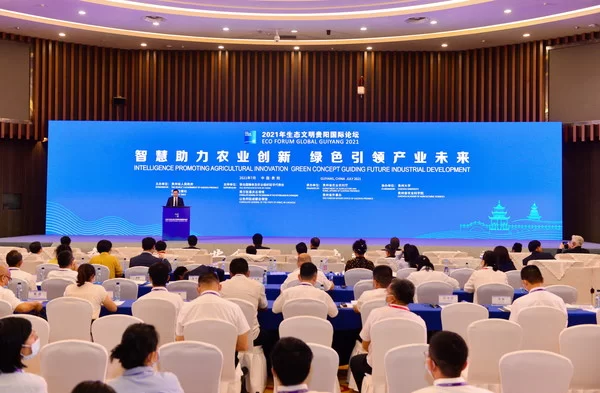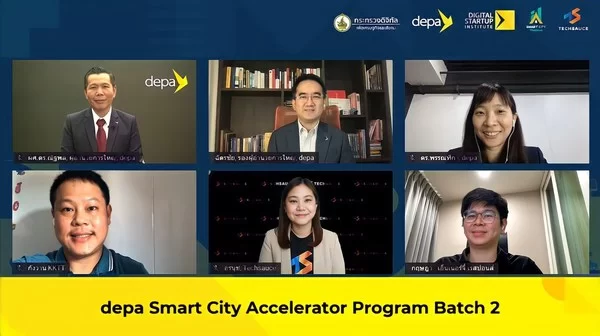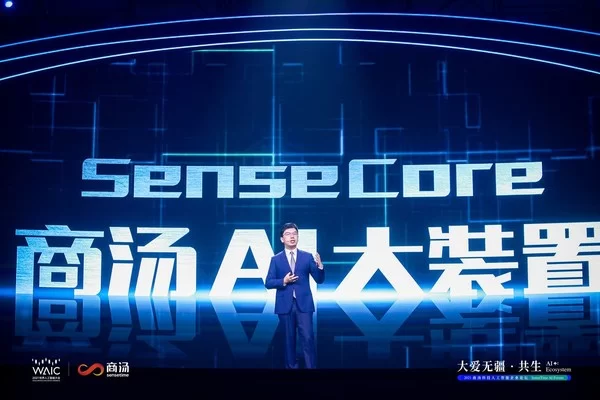GUIYANG, China, July 16, 2021 — Stick to the policy of green development and undertake the road to spectacular modern agriculture in mountainous areas Eco Forum Global Guiyang 2021 On July 13, the agricultural session of the Eco Forum Global Guiyang 2021 -…
depa and Techsauce team up to launch “depa Smart City Accelerator Program Batch 2” in Thailand
to Enhance Potential of Digital Startups to Develop Right Solutions for Sustainable Smart Cities, Livable Future BANGKOK, July 16, 2021 — The Digital Economy Promotion Agency (depa), Thailand, teamed up with Techsauce Media to launch the depa Smart City Accelerator Program BATCH 2 to search for digital startups to work collaboratively…
WPI-MANA Achieves Direct Growth of Germanene, Marking Major Step for Electronic Device Fabrication
TSUKUBA, Japan, July 15, 2021 — A team at WPI-MANA has succeeded in the direct growth of h-BN-capped germanene on the surface of silver Ag(111). They believe this could be a promising technique for the fabrication of germanene-based electronic devices in the future. (Image: https://kyodonewsprwire.jp/prwfile/release/M105739/202107067300/_prw_PI1fl_nJmUwabT.jpg) The WPI-MANA group grew the…
WPI-MANA Demonstrates New GaN MEMS Resonator Is Temperature-stable up to 600 K
TSUKUBA, Japan, July 13, 2021 — A team at WPI-MANA has demonstrated a highly temperature-stable GaN resonator that boasts high-frequency stability, high Q factor and the potential for large-scale integration with silicon technology. (Image: https://kyodonewsprwire.jp/prwfile/release/M105739/202107067299/_prw_PI1fl_ZGHe6me7.jpg) The finding could result in faster 5G electronics devices thanks to better integration of GaN-based…
IS3NA Announces the 2021 Virtual Symposium
SAN DIEGO, July 10, 2021 — Through International Roundtable (IRT) meetings, IS3NA (The International Society of Nucleosides, Nucleotides and Nucleic Acids) brings together established scientists and younger investigators from around the world, encouraging national and international collaborations on research and applications among academic, industrial, governmental, and private institutional organizations. IS3NA acts…
SenseTime Joins Hands with Global Innovators to Build a Sustainable AI Ecosystem
SHANGHAI, July 9, 2021 — SenseTime, the leading global artificial intelligence (AI) company, hosted an industry forum themed "AI+: Ecosystem" at the 2021 World Artificial Intelligence Conference (WAIC) today. The forum gathered influential entrepreneurs, academic scholars, leading innovators and government officials to discuss the latest developments and industry trends in…
Totally Green Inc. terminates further discussion with Yushangmei
HONG KONG, July 3, 2021 –Totally Green Inc. (OTC: TLGN) announced that discussions regarding a potential combination with Guangzhou Yushangmei Health Management Co., Ltd. have been ended as the parties were unable to reach mutually agreeable terms. Parkson Yip, Chief Financial Officer of TLGN said, "We intend to continue to…
Asteroids As Told By Astronauts, Experts And A Rock Star – 30 June
LUXEMBOURG, June 24, 2021 — The Asteroid Foundation’s annual Asteroid Day LIVE programme premiers Wednesday 30 June 2021 at 18:00 CET. With the help of leading experts, Asteroid Day Co-founder Dr. Brian May and the most engaging voices in science communications from around the…
PolyU develops biomimetic nanosheet for cancer therapy and imaging
HONG KONG, May 31, 2021 — A research team from the Department of Applied Biology and Chemical Technology (ABCT) of The Hong Kong Polytechnic University (PolyU) has developed a novel type of biomimetic nanosheet with a multi-modal imaging function, which can track tumour development and treatment processes in real-time. By…
International Big Data Expo Opens in Southwest China
GUIYANG, China, May 27, 2021 — The 2021 China International Big Data Industry Expo (CIBDIE), the country’s leading big data expo, kicked off on May 26 in Guiyang, capital city of southwest China’s Guizhou Province, according to China International Big Data Industry Expo Organizing Committee. International big data…







